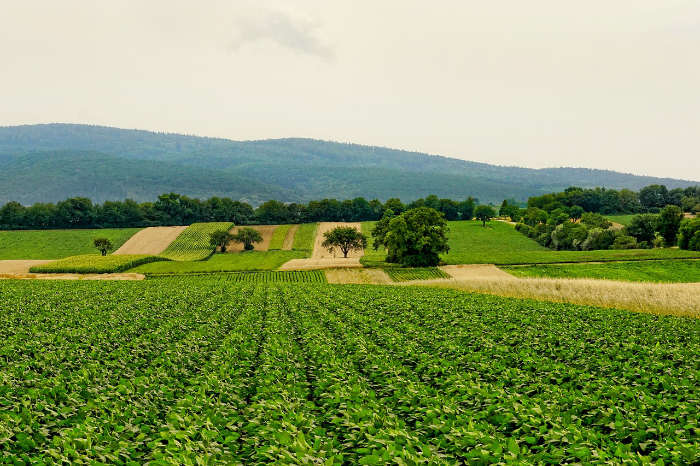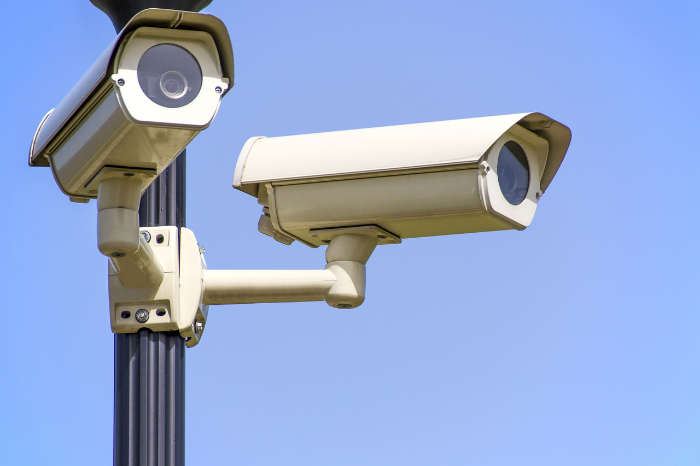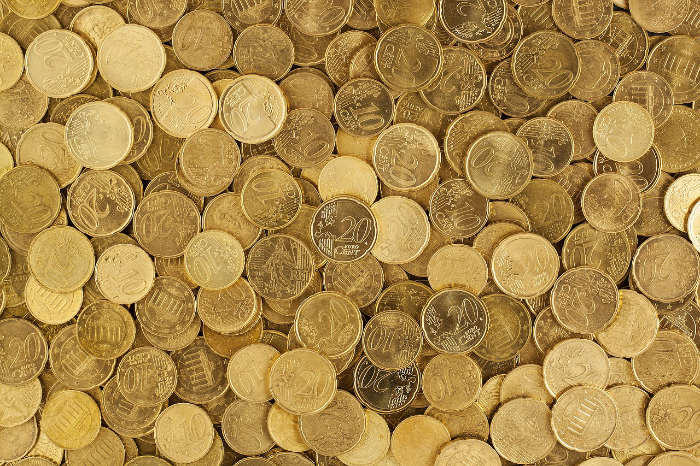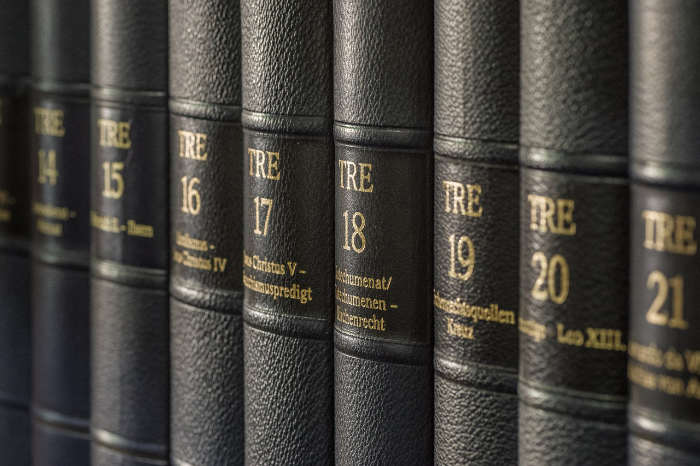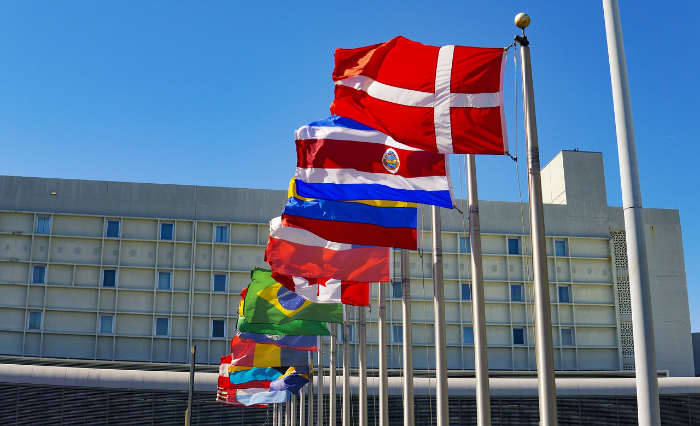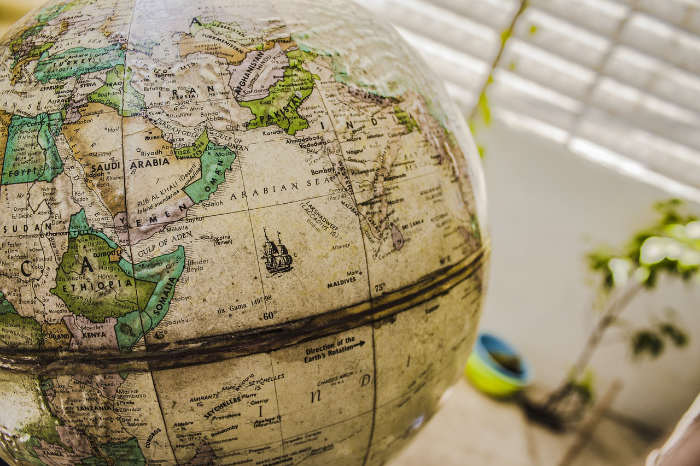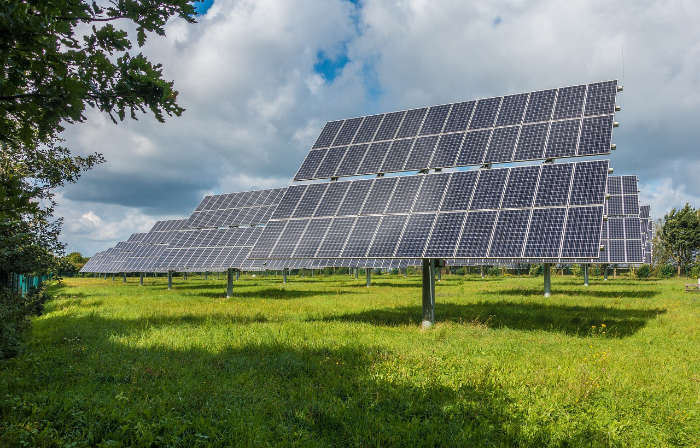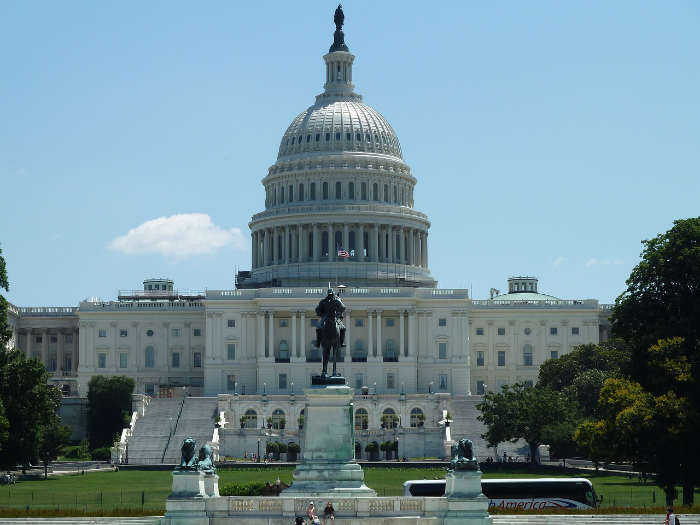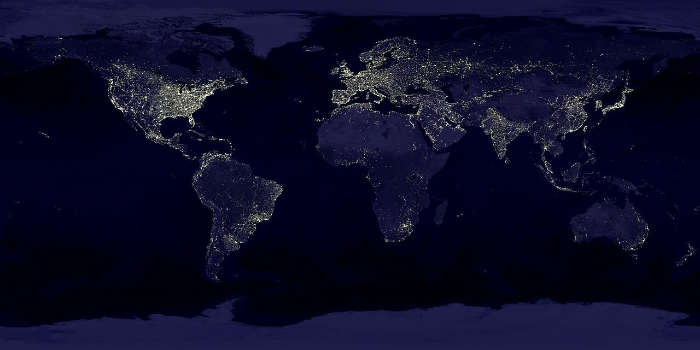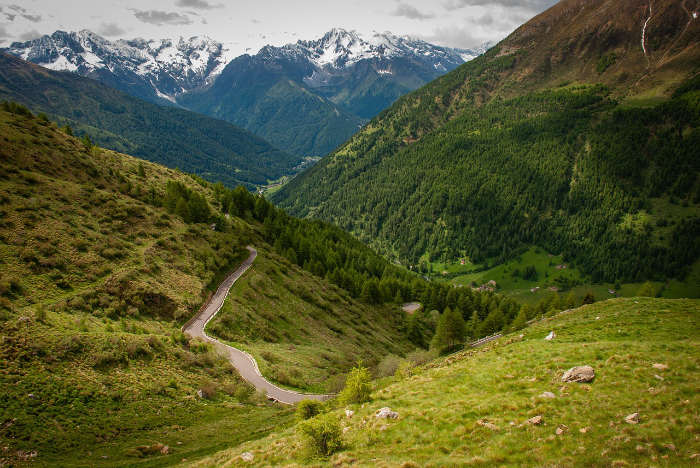Cleanest Countries in the World 2025
- The 2024 EPI combines 58 indicators across 11 issue categories, ranging from climate change mitigation and air pollution to waste management, sustainability of fisheries and agriculture, deforestation, and biodiversity protection. Each country’s overall EPI score is displayed, as well as scores in certain relevant categories.
- Higher EPI scores are preferable.
- The Air Pollution issue category (previously called “Acid Rain”) measures countries’ contribution and exposure to air pollution. It consists of two indicators measuring trends in the emissions of acid rain precursors (sulfur dioxide and nitrogen oxides), and two pilot indicators measuring exposure to ground-level ozone in a country’s croplands and Key Biodiversity Areas.
- The Sanitation & Drinking Water issue category measures how well countries protect human health from environmental risks on two indicators: unsafe drinking water and unsafe sanitation.
- The Waste Management issue category recognizes the threats of solid waste to human and environmental health. It is based on three indicators: municipal solid waste generation per capita, controlled solid waste, and recovery of energy and materials from waste.
- Countries which were not yet part of the Environmental Performance Index (EPI) a decade ago will have no 10-year difference displayed.
Snapshot
-
Developed collaboratively by Yale, Columbia, and the WEF, the EPI ranks 180 countries based on 40 indicators across 11 categories, focusing on ecosystem vitality, climate change, and environmental health.
-
7 countries—Denmark, United Kingdom, Finland, Sweden, Luxembourg, Austria, and Switzerland—have remained on the list of the world’s 10 cleanest countries (highest EPI scores) since 2020.
-
Denmark tops the 2022 list with an EPI of 77.9, showcasing excellence in wastewater treatment and effective greenhouse gas reduction policies.
-
The average EPI score among the 10 cleanest countries dropped from approximately 80.07 in 2020 to 73.5 in 2022, a decline of around 6.57 points.
Cleanliness doesn’t just look better—it leads to a better (and longer) life. Clean water, pure air, efficient handling of waste, and effective sanitation can all significantly improve human health.
For example, countries with high air quality scores reduce their citizens’ chances of being exposed to harmful particles such as fine particulate matter (PM2.5). This reduces the frequency of illnesses associated with air pollution, such as respiratory or cardiovascular disease.
Countries with high pollution levels see high rates of non-communicable diseases which account for 74% of all deaths globally, 16% of which are caused by toxic pollution.
The Environmental Performance Index
Researchers at the Yale and Columbia Universities collaborate to measure the cleanliness and environmental friendliness of 180 countries around the world. To accomplish this task, they have created the Environmental Performance Index (EPI).
The Environmental Performance Index measures 58 performance indicators across 11 categories related to three overarching policy objectives: ecosystem vitality, climate change performance, and environmental health. These categories include air quality, water and sanitation, biodiversity and habitat, and sustainability. Once the scores are tabulated, the countries are ranked in order from the cleanest to the dirtiest. This enables countries to easily assess how effective their environmental policies are and how close they are to achieving their environmental goals.
The Top 10 Cleanest Countries:
1. Estonia
With an EPI score of 75.7, Estonia takes the top spot as the world’s cleanest and most environmentally friendly country, according to the 2024 EPI Results. This small Baltic nation punches well above its weight when it comes to protecting the planet. Estonia scores high in key areas like air quality, ecosystem health, and efforts to tackle climate change. The country has made big strides in renewable energy, sustainable forestry, and even uses digital tools to support eco-friendly policies. From carbon-neutral public transport to vast protected natural areas, Estonia is showing how a deep connection to nature and smart planning can lead to real progress.
2. Luxembourg
Luxembourg holds the #2 spot on the 2024 Environmental Performance Index with a strong score of 75.1, proving that small countries can sport big environmental wins. Luxembourg leads the world in water management, scoring at the top with 90.6 in Water Resources thanks to advanced wastewater treatment systems and strict EU-aligned standards. It also earns an impressive 93.2 in Sanitation & Drinking Water. But where Luxembourg really shines is in protecting nature — over 55% of its land is safeguarded, helping it earn a top-tier score of 84.8 in Biodiversity & Habitat. With smart policies, green investments, and a strong conservation ethic, Luxembourg shows how environmental leadership thrives in the heart of Europe.
3. Germany
Germany ranks third on the 2024 Environmental Performance Index with a score of 74.5, showing strong leadership in both environmental policy and practice. The country treats 100% of its urban wastewater, earning it a top score of 89.1 in Water Resources. It also protects a significant share of its land and seas, helping it score 82.4 in Biodiversity & Habitat. With smart conservation efforts and a serious investment in green infrastructure, Germany proves that sustainability and progress can go hand in hand.
4. Finland
Finland takes #4 on the 2024 Environmental Performance Index with an EPI of 73.8, thanks to its long-standing commitment to environmental quality. The country earns a perfect 100.0 in both Sanitation & Drinking Water and Heavy Metals, showing top-tier performance in public health and pollution control. Finland also performs strongly in Ecosystem Vitality, thanks to well-managed forests, protected natural areas, and clean air. With a deep cultural connection to nature and consistently forward-thinking policies, Finland sets an example of how sustainability can be seamlessly woven into everyday life.
5. United Kingdom
The United Kingdom ranks fifth on the 2024 Environmental Performance Index, with a score of 72.6 that reflects its strong record on conservation and emissions reduction. The UK is the only country in the index that has already established marine protected areas covering more than 30% of its ocean territory — including its overseas territories — with high or full levels of protection. It has also cut greenhouse gas emissions by nearly 30% over the last decade
6. Sweden
Sweden’s EPI score is 70.3. The country is one of the most sustainability-focused in the world, known both for its low carbon dioxide emissions and for its use of renewable energy sources. According to the 2024 EPI report, Sweden excels in Environmental Health, with especially strong scores in Sanitation & Drinking Water, Air Quality, and Heavy Metals, where it ranks among the global top performers. The country also performs well in ecosystem vitality, particularly in sustainably managed forests and low levels of agricultural pollution.
7. Norway
With an EPI score of 69.9, Norway takes 7th place on the 2024 Environmental Performance Index. The country scores a perfect 100 in managing heavy metals, thanks to top-tier controls on industrial pollution. It also earns a high 82.9 in Air Quality, with clean skies and minimal household pollution. With nearly 100% renewable electricity and a deep respect for its natural surroundings, it’s easy to see why Norway continues to be a global role model for healthy, sustainable living.
8. Austria
With an EPI of 68.9, Austria is the eighth-cleanest country in the world. Austria has stringent regulations for pesticides and fertilizers and is known to have some of Europe’s strictest standards for air pollution and waste management. The nation boasts a Sanitation & Drinking Water score of 96.0. About two-thirds of Austria is covered in dense forests and meadows.
9. Switzerland
Switzerland is the ninth-cleanest country in the world, with an overall EPI of 67.8 and exceptionally high scores for both drinking water (100) and sanitation (100). Perhaps unsurprisingly, Switzerland is known for its clean water and abundant wildlife. Switzerland also earns 96.2 in the Heavy Metals category, which tracks exposure and management of such toxic substances as lead.
10. Denmark
With a total EPI score of 67.7, Denmark is still one of the cleanest and most environmentally friendly countries, according to the 2024 EPI Results. Denmark performs well on environmental health, earning a perfect score of 100 in the Heavy Metals category. Though not currently leading in wastewater or marine protection scores, Denmark remains committed to sustainability through local innovations — from eco-friendly hotels to widespread organic food and clean-energy projects. The 2024 EPI notes that while Denmark was once a frontrunner in climate leadership, its pace of emissions reduction has slowed.






